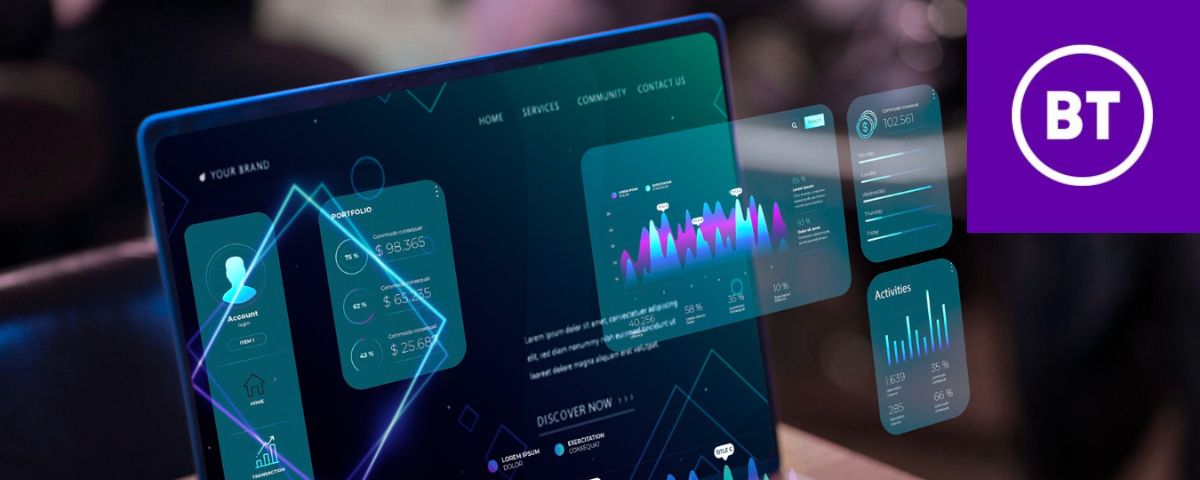
The newly introduced technology by the company, named Multicast-Assisted Unicast Delivery (MAUD), is designed to integrate traditional unicast delivery with multicast mode. Unicast delivery involves sending content individually to viewers upon request, while multicast mode allows content transmission to multiple consumers via IP networks, particularly suitable for live-streaming.
MAUD technology effectively merges individual streams into a shared stream, as per BT’s explanation, directing it to viewers tuned in to the same content. This innovation eliminates the necessity to manage millions of individual streams during large-scale events, enhancing the efficiency of content delivery.
The implementation of MAUD is expected to expedite the distribution of content to audiences, simultaneously enhancing the overall streaming experience by addressing issues like buffering and image quality.
A notable feature of MAUD is its seamless integration capability, enabling content providers to deploy the technology without requiring updates or modifications to existing apps. This feature not only simplifies the adoption process but also has the potential to save both time and costs for content providers.
Recent research by BT revealed that 90% of the British public consumes live content on TV daily, underscoring a robust demand for broadcast services. During a technology briefing, BT highlighted the significant surge in network traffic observed during Premier League football matches and Call of Duty gaming updates.
Howard Watson, Chief Security and Networks Officer at BT, emphasized that MAUD aims to build capacity for such peak traffic scenarios. The company has been researching this technology for five years and has reported positive engagement from broadcaster BBC. While a potential partnership announcement is teased, BT acknowledges that it is currently testing industry interest and appetite for the MAUD technology.



